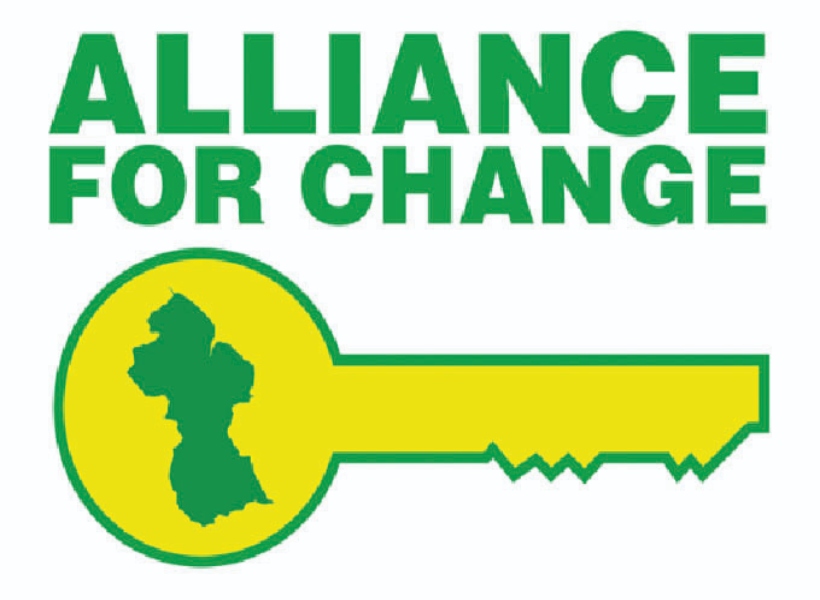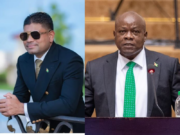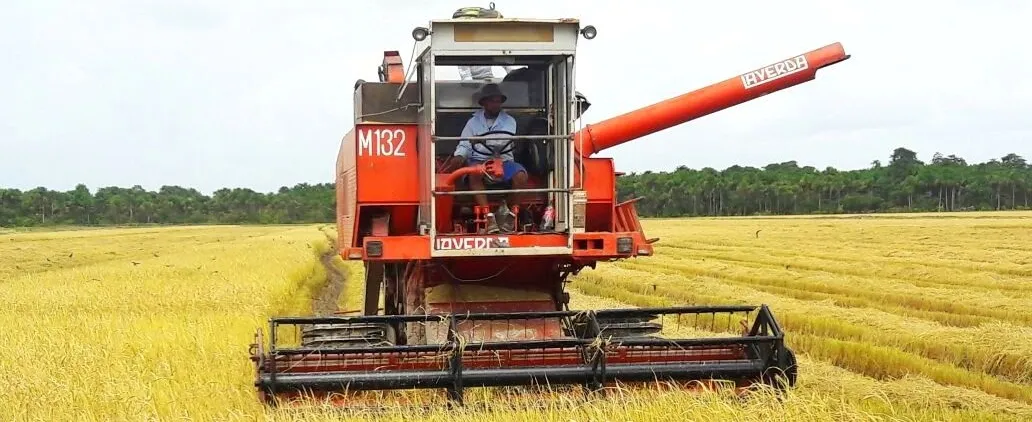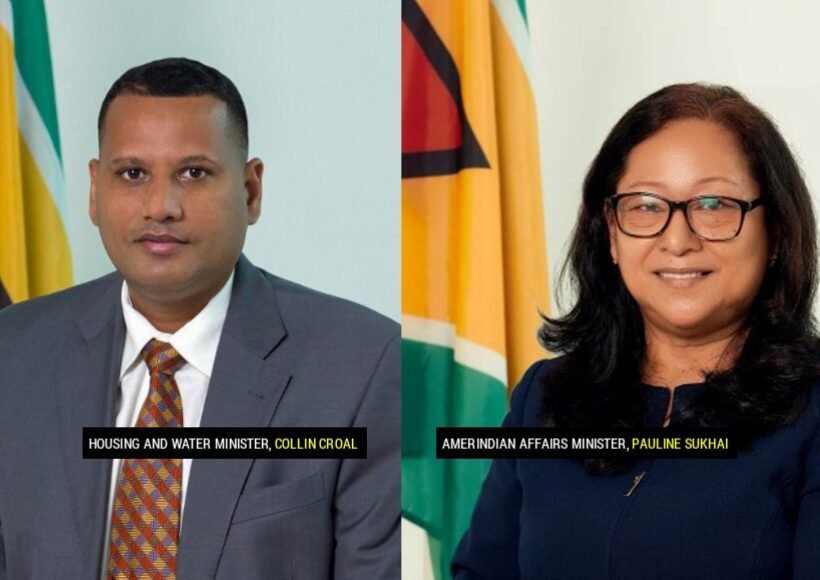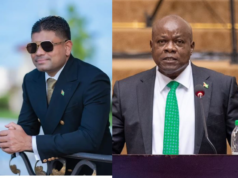Seventy-five Amerindian villages in Region One will collectively benefit from $1.5 billion of Guyana’s carbon credit funds, in keeping with the government’s commitment to advance Amerindian development as outlined in the Low Carbon Development Strategy (LCDS) 2030.
The foregoing forms part of the $4.7 billion that will be disbursed to 242 Amerindian villages, representing 15 percent of Guyana’s payment thus far from Hess Corporation. Guyana has received its first payment for carbon credits under an agreement that was inked in 2022 with the Hess Corporation. Guyana Standard previously reported that US$75 million has been paid, and is the first payment in an agreement that will be worth a minimum of US$750 million up to 2030.
Two further payments of US$37.5 million each will be made during 2023 bringing the total amount available for appropriation in this year’s National Budget to US$150 million.
The payment is a result of the Government of Guyana’s continued recognition of the important role that Guyana’s forests play in not only the development of the country, but in combatting climate change globally. Guided by the ground-breaking Low Carbon Development Strategy (LCDS) 2030, Guyana has set out a vision for monetising the climate and ecosystem services provided by our standing forest, while accelerating the country’s economic development along a low carbon trajectory.
Minister of Amerindian Affairs, Pauline Sukhai said this is the largest single investment the government has made directly into the villages. She was at the time delivering the feature address at the 2023 Regional Toshaos/CDC Chairpersons Conference for the Mabaruma sub-district on Sunday.
“This, for the first time, provides the highest level of finances available to villages since 2020,” the minister stated.
The financial support is in addition to the many programmes that are being implemented by the government.
The village leaders were also urged to stick to priority projects that were initially identified, whether it is through the Presidential Grants, Community Development Project investment fund or the $3 billion supplementary that is available for the villages.
“No plan is static or cast in stone…when you want to change a project, you write to the Ministry of Amerindian Affairs, and before you do that, it is discussed, deliberated upon, and approved at the village level for a project change, when you have that approval then you send it to the ministry…ultimately, the Ministry of Amerindian Affairs is responsible for the funds,” Minister Sukhai explained.
She also emphasised to the leaders the need for accountability and transparency in the execution of their duties.
“Now that you have much more investments and funds, you must sit and strategise on how you’re going to expend these funds, to better your livelihoods, to transform your villages, and that you should also be accountable.”
Minister of Housing and Water, Collin Croal who has parliamentary oversight for Region One was also present at the session.
He reminded that good leadership must be practiced at all levels, emphasising that leaders must start thinking collectively and must show seriousness when managing the affairs of their respective villages.
“If we want to start looking at a bigger picture for interventions for our villages, then we need to start speaking about a collective. Speaking about individualism, you will not be able to achieve much, you won’t have strength in that regard,” he underscored.
This year’s conference is themed, “Transforming our One Guyana and Building Sustainable Livelihoods through Empowerment, Accountability and Transparency.”
It is intended to grant Amerindian leaders an opportunity to raise issues affecting their communities at the regional level, after which, bigger issues will be addressed at the National Toshaos’ Council (NTC) conference slated for August. (Modified from DPI)
